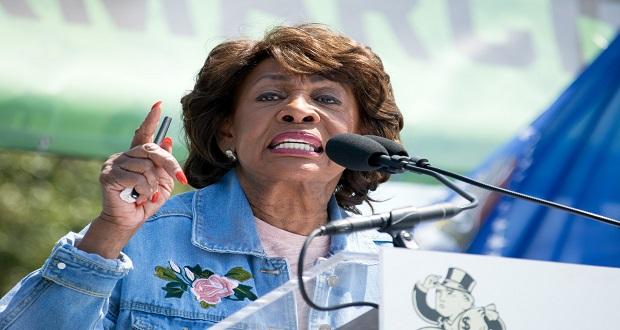
I just finished a semester long course on organizational behavior for my PhD, and a significant portion of the course was around issues related to leadership. As a “newbie” to leadership paradigms, theories and general sentiments around what makes a good or bad leader, I was struck by the overwhelming presence of heroic ideals of leadership. In fact, the idea that leaders are highly differentiated people with a unique set of characteristics and traits that make them uniquely qualified is so rampant in the research that there has now been an opposite trend of looking at the “darker” or villainous traits that make a leader “bad” or unsuccessful. There’s even a paper titled, “Great Man or Great Myth” related to the trend in leadership studies to narrow down and identify what makes a leader unique—especially in comparison to those they lead.
Of course, much could be said about what distinguishes leaders from followers. And there’s almost a century of research dedicated to answering such questions. On the practice side, you get a sense that the heroic leader ideal is behind some of the ideas in business books on leadership which focus on strengths and habits that uniquely qualify leaders to lead. But this dichotomy between heroic and villainous leadership is problematic for several reasons. One, it leaves out those of us (most of us?) in the middle. Like most dichotomies, there’s always exceptions to the rules, complexities, paradoxes, and tensions that don’t always fit neatly into these two boxes. More true to life are leaders who are great at some things and worse at others. Leaders who demonstrate great moral character towards one group, but disregard another. Or leaders who have a proven track record in a particular situation, but struggle in a different one.
Second, this kind of “you-either-have-it-or-you-don’t” mentality around leadership misses the complexity of more “everyday leadership” that makes up the day-to-day life of organizations. Many people may find themselves in leadership positions without the proper training or for arbitrary reasons, like they happened to know the right person—and not necessarily because they’ve proven to be influential people. Similarly, heroic leadership doesn’t leave much room for the not-so-glamorous stuff that fills most leaders’ lives. Many studies show that leaders just don’t have the time to do all of the heroic leadership “stuff”—even if they could. Many of them spend countless hours on planes, in meetings, and sending emails—which if you’ve done either, doesn’t feel very “charismatic” or “transformational.”
But this more balanced and reasonable view of leadership that takes into account the more mundane and scattered lives of contemporary leaders, doesn’t mean that there’s no room left for remnants of the heroic models of the past. It just might mean a reimagining of what counts as transformational and influential leadership. It also may mean giving more serious attention to the ways we lead people through our “small acts of kindness.” In fact, isn’t this really the way we are influenced by people anyway—over time, slowly, and through the more “invisible” acts that accumulate over time? If so, every-day leadership can still be heroic; but heroic in the details. For example, if you’re a leader who spends the majority of your time in meetings and sending emails, what are some ways you can infuse those seemingly mundane activities with the life and vibrancy that makes you great? Or are there opportunities to make small changes in the daily interactions that you have with your team that you’d typically brush off as irrelevant to “leadership”? I think this change of focus from our grand heroic ideals of leadership–that often seem disconnected from the mess of real life—to the more mundane, routine and “everyday” details, is a healthy reminder for us all that leadership is within our grasp. We just may be looking up into the clouds, when the possibility for impact is on the ground, right in front of us.

















